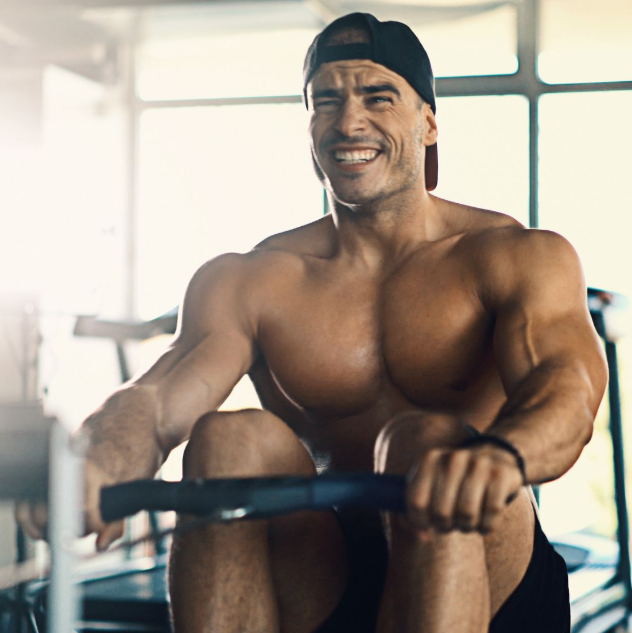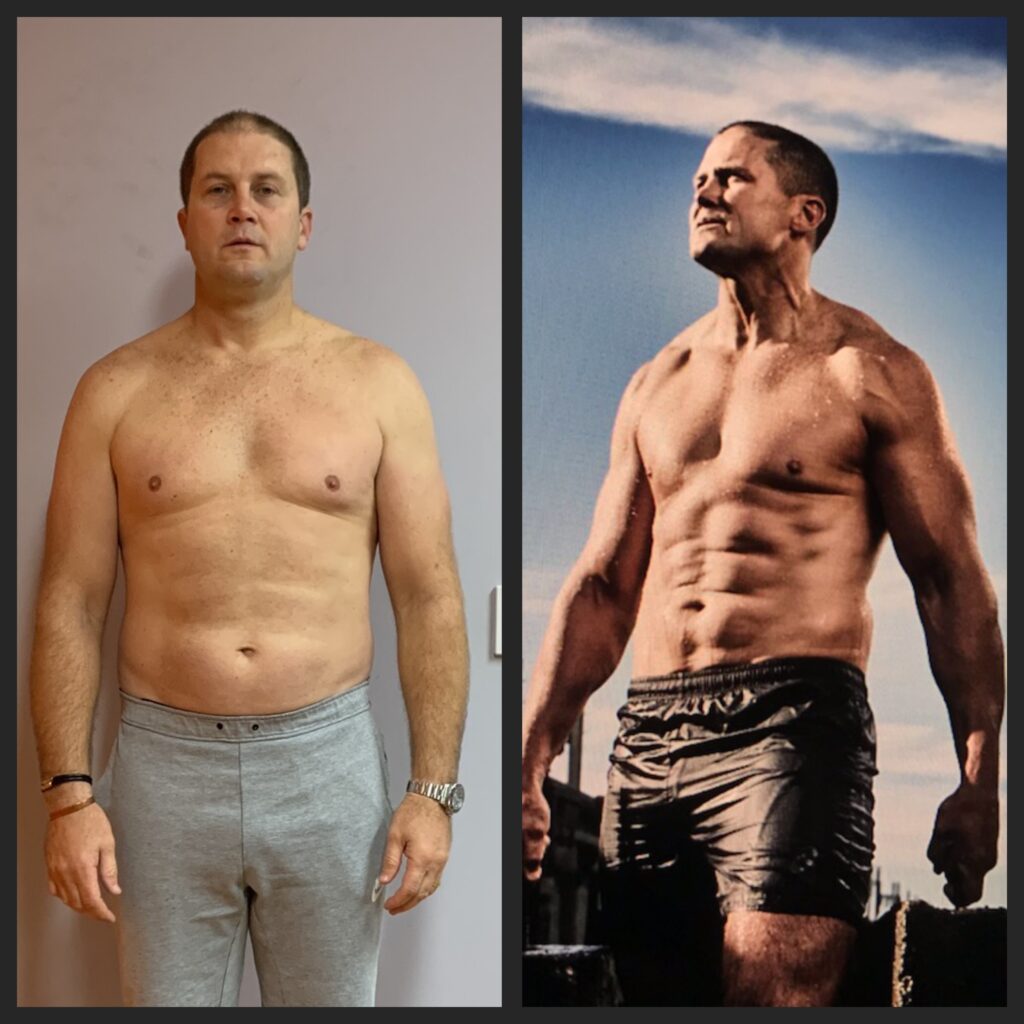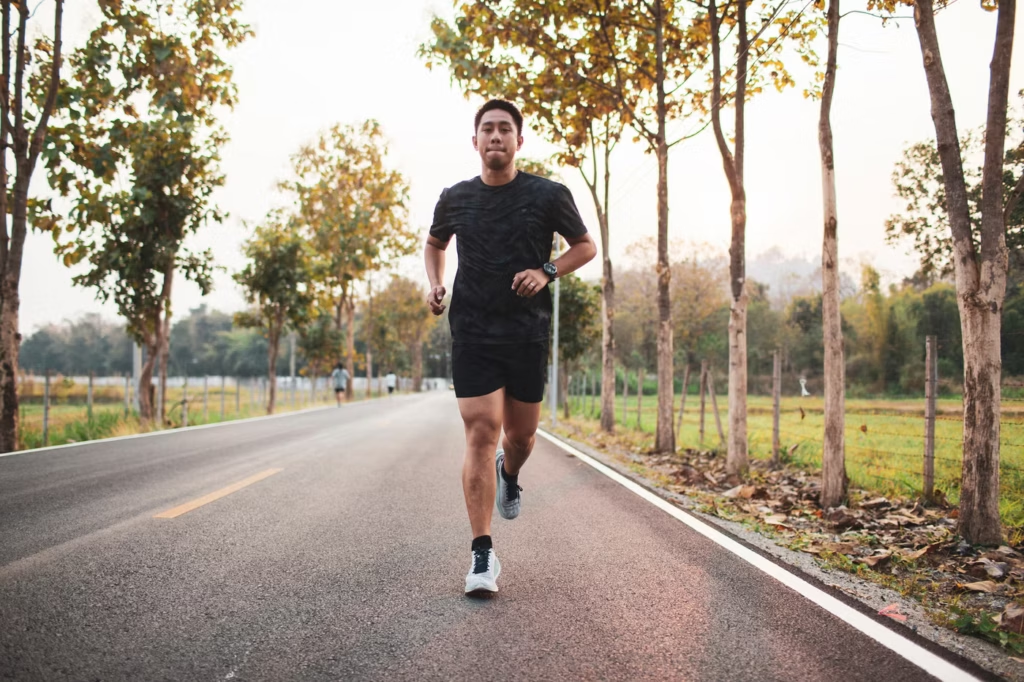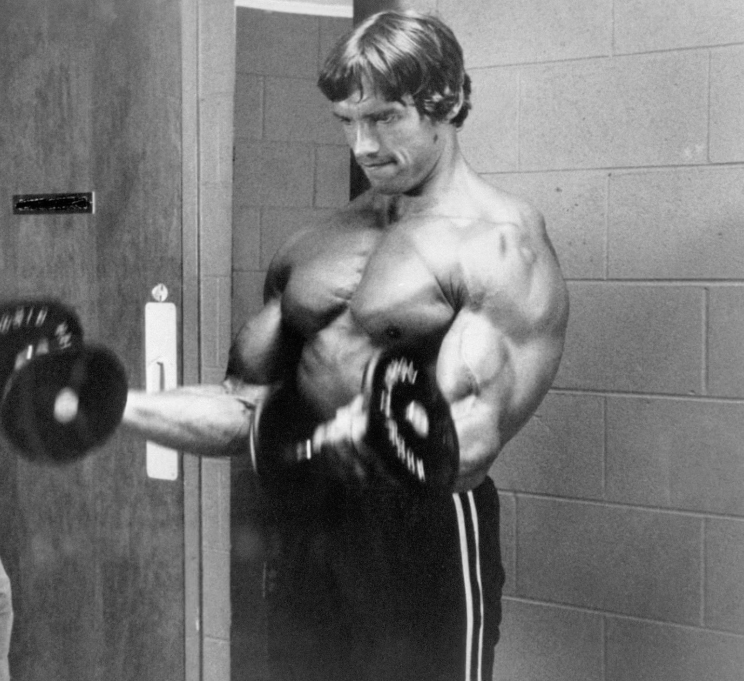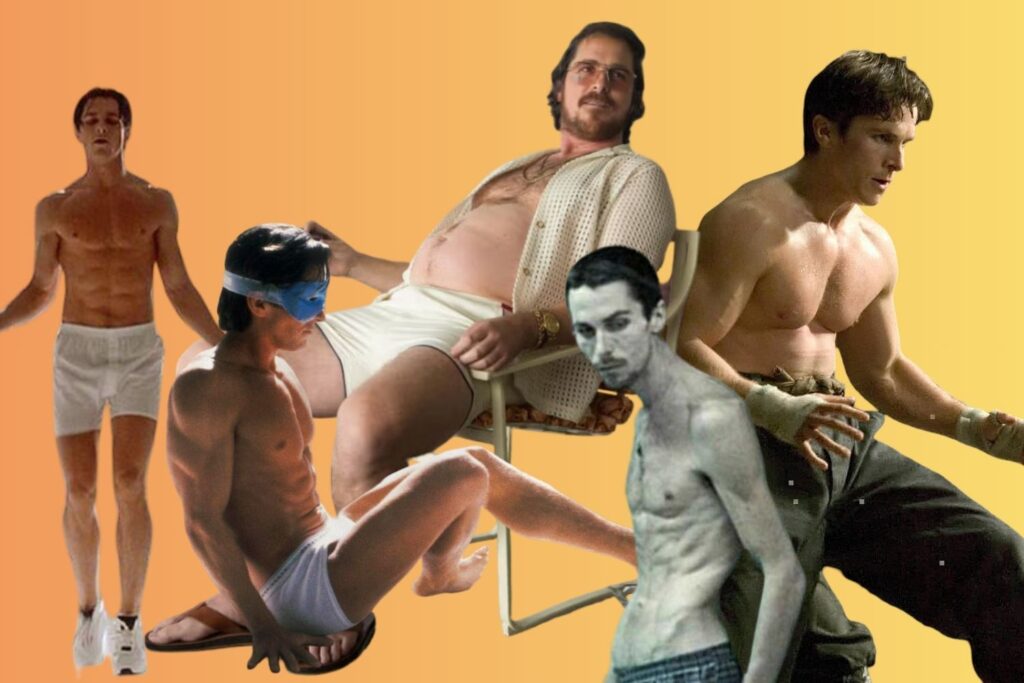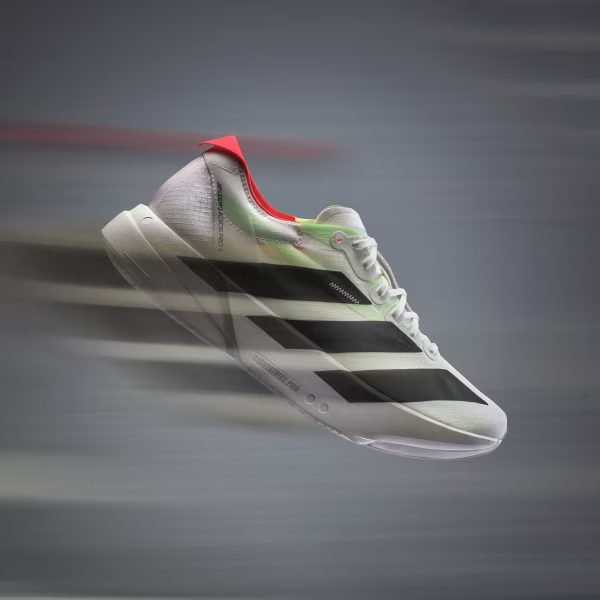WHETHER YOU’RE ROWING during WODs at your local box, training for Hyrox, or just aiming to take your rowing performance to the next level, shaving down your 1k time is a benchmark many strive for.
No matter if you consider yourself a novice, intermediate, or elite athlete, this guide breaks down the average 1k rowing times for men – including benchmarks from Hyrox races.
What is the average rowing time for men?
According to Rowing Level, the average 1k rowing time across men of all ages is 03:22.7. The fastest 1k rowing time is 02:39.5.
The average 1k rowing times for men by age are as follows:

What is the average 1k rowing time for men competing in Hyrox?
According to a post by Hyrox coach Aaron James – using data from the average Hyrox station finishing times – the average rowing times for men are:
- Beginners: 4:59+
- Intermediate: 4:29-4:59
- Advanced: 4:10-4:29
- Elite: 4:09 and under
However, these times include the time running to and from the rowing machine in the rowing station, so that should be taken into account – along with the fact it is the 5th station after 5km of running.

How to improve your 1k rowing time
Improving your 1k time starts with mastering your technique. Alex Gregory MBE, a five-time world champion and two-time Olympic gold medalist, outlines three key pillars of efficient rowing:
- Follow the correct sequence: Legs, body, arms, arms, body, legs.
- Use your legs: 60% of the power is from the legs, 30% body, 10% arms.
- Engage your core: Good core stability supports control.
According to Concept2 rowing expert Carl Bramley, to perfect your technique and prevent injury there are several important parts of a perfect row:
‘The catch’
This is where the oar would enter the water in a real boat. With your knees bent and together, hinge forward at the hips with arms fully extended, gripping the handle. Avoid splitting your knees to reach further or rounding through your back.
‘The drive’
The stroke should begin with the legs, the most powerful part of the body. Keep your back straight throughout. As your legs straighten, lean back slightly from the hips and pull the handle to your chest. Finish with your legs straight, leaning slightly back, and the handle just below your chest. Having your elbows by your sides encourages a more efficient stroke.
Recovery
This would be where the oar exits the water. Don’t lift the handle over your knees on the way back to the catch, this lengthens the handle’s route to the starting position and would capsize a real boat. Get the handle back to the starting position in the shortest distance possible: a straight line.
‘A smooth technique at 25 strokes per minute is much faster than bad technique at 40 strokes per minute’
Timing and Focus
There should be no stationary period. Think of your whole body like a muscle and apply the same technique. The drive is the explosive part and should be completed on a count of one, whereas the recovery should be completed on a count of three.
A smooth technique at 25 strokes per minute is much faster than bad technique at 40 strokes per minute. Make sure to look ahead throughout your session – looking down or to the sides can affect your posture and throw you off your game.
The recovery is essentially the reverse of the drive. You should move your hands and arms away first, then lean forward from the hips and finally begin to bend your knees. Simplified, the action is legs-arms on the drive and arms-legs on the recovery.
This article originally appeared on Men’s Health UK.




